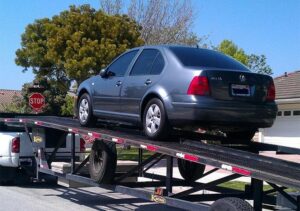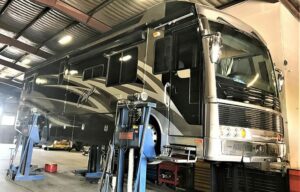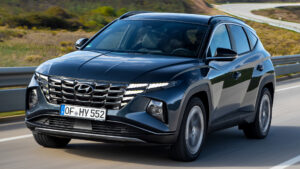In many road conditions like while facing a snowed-covered driveway, passing through a loose gravel road, or any slippery road surface, driving a four-wheel car can turn out to be much beneficial. Unlike two-wheel drive cars the four-wheel drive systems increases traction as it sends the power of the engine to all four wheels. But that doesn’t assure that a four-wheel drive would be ideal for any driving condition. Thus, knowing how to utilize a four-wheel drive properly is essential in every respect as it is important to know how and when it can help avoid any damage caused to your vehicle.
High-Range 4 Wheel Drive
According to the experts of the Ford dealer serving Carlsbad, high-range four-wheel drive, is specially crafted to be used while driving through slippery or loose surfaces. Mostly marked as “4↑” on the transfer cases, this setting engages the front axle and the transfer case starts sending power to the axles both front and rear and then to all the four wheels. This mode of driving makes the front and rear axles spin at identical speed.
Selection Of The “Auto” Mode
While driving, if the road conditions fluctuate too frequently between high-and low-traction patches, it would be safer to use the “AUTO” setting. This is a setting that allows your vehicle to distribute the torque automatically to the front axle by understanding how much additional traction is required. One has to remember that switching into the “auto” mode will engage the front axle yes, but the transfer case would start sending the power primarily to the rear wheels. This would continue as long as the vehicle drives through normal conditions while the clutches would keep modulating the torque forward to achieve more stability and increase the amount of traction to the vehicle. Thus the “auto” mode can be used on any road condition without any risk of damaging the vehicle.
Low-Range 4 Wheel Drive
Driving in low-range four-wheel drive requires a little more involvement from the driver’s side compared to driving on high-range four-wheel drive mode. In low-range four-wheel drive the drivers would need to change the transmission into a neutral position to disconnect the torque in order to allow gear shifts by the transfer case. Once the transfer case is brought to low-range, it is advisable to shift the transmission back into the drive. At the same time shifting out of low-range to high range, would require the driver to follow the same procedures in a reverse order.
Winding Thoughts
As suggested by the Carlsbad Ford dealership, what is important is to note that the Low-range four-wheel drive is in no way intended for driving on dry surfaces that wears a good traction. By following this basic principle, one can avoid placing undue stress on the important parts like the transfer cases, axles, and other drivetrain components and can save them from getting damaged. Simultaneously it is equally important to shift out of the 4 low as soon as the road conditions get better.








